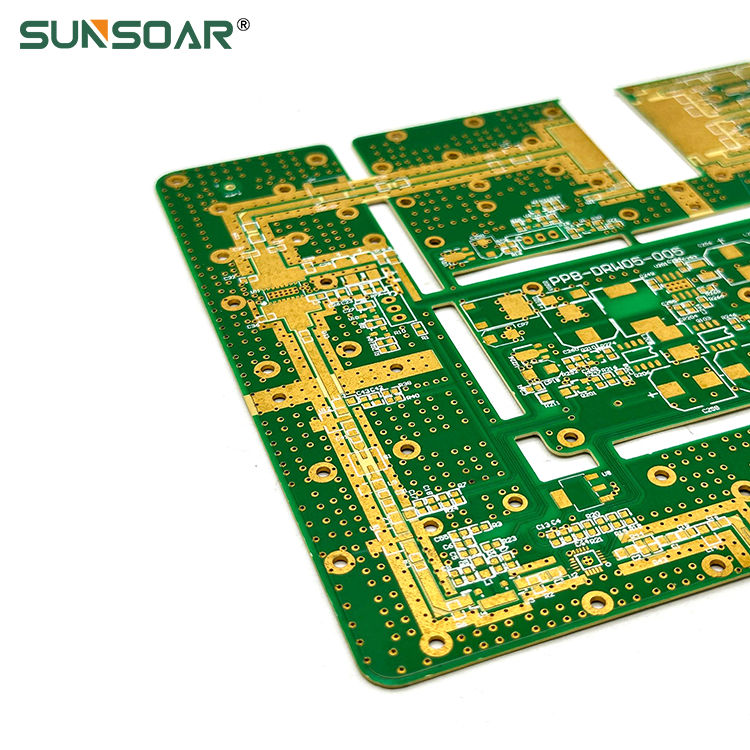5 Common PCB Design Mistakes That Could Be Costing You Time and Money
- SUNSOAR TE.
- May 18
- 2 min read
Designing a PCB isn’t just about getting the schematic right — it’s about ensuring your board is manufacturable, reliable, and cost-efficient. The reality? Even seasoned engineers fall into traps that can delay production, increase costs, or cause failures in the field.
Here are 5 common PCB design mistakes that could quietly be draining your budget and timeline — and how to avoid them.

Mistake 1: Ignoring Design for Manufacturability (DFM)
You may have a working schematic and a beautiful layout, but if your design isn't optimized for manufacturing, you're headed for trouble. Overly narrow traces, incorrect pad spacing, or unsupported drill sizes can cause delays and failed production runs.
📌 Cost impact: Re-spins, wasted boards, increased lead time💡 Fix: Always run a free DFM check with your PCB supplier before sending your Gerber files into production.
✅ At Sunsoar, we offer free DFM analysis within 12 hours to help you spot these issues early.
Mistake 2: Overcomplicating the Layer Stackup
It’s tempting to add more layers for signal separation or power distribution — but excessive layering increases cost and may not be necessary.
📌 Cost impact: Higher PCB pricing, longer production cycles💡 Fix: Work with your manufacturer to optimize the stackup. Many designs can be simplified from 6 layers to 4 without affecting performance.
Mistake 3: Vague or Incomplete BOM
An incomplete or poorly organized Bill of Materials (BOM) is a nightmare for procurement. Missing part numbers, unclear descriptions, or unverified suppliers slow down sourcing and risk component mismatches.
📌 Cost impact: Delayed assembly, price volatility💡 Fix: Use standardized part numbers (preferably manufacturer part numbers) and clearly indicate alternates when available. Ask your supplier if they offer BOM optimization support.
Mistake 4: Poor Thermal Management Planning
If you're packing high-power components into a small board without thinking about heat dissipation, expect trouble. Components can fail, or your product could overheat in real-world conditions.
📌 Cost impact: Reliability issues, shortened product lifespan💡 Fix: Use thermal vias, copper pours, and heatsinks as needed. For critical designs, consider thermal simulation in the design phase.
Mistake 5: No Clear Assembly Guidelines
Leaving out assembly notes, orientation marks, or polarity indicators may seem harmless — until your board gets assembled incorrectly.
📌 Cost impact: Manual rework, rejected batches💡 Fix: Always include silkscreen markings, fiducials, and component placement drawings. Make it easy for your CM (Contract Manufacturer) to get it right the first time.
Final Word: Small Mistakes, Big Costs
Most PCB design mistakes don’t come from bad engineering — they come from overlooking practical manufacturing needs. The good news? You don’t need to figure it all out alone.
At Sunsoar, we’ve reviewed thousands of designs and helped customers cut costs by up to 30%, simply by catching avoidable mistakes early.
If you're working on a new board and want a second set of eyes before sending it to production, let’s chat. We’ll help you turn your design into a production-ready board — fast.



Comments